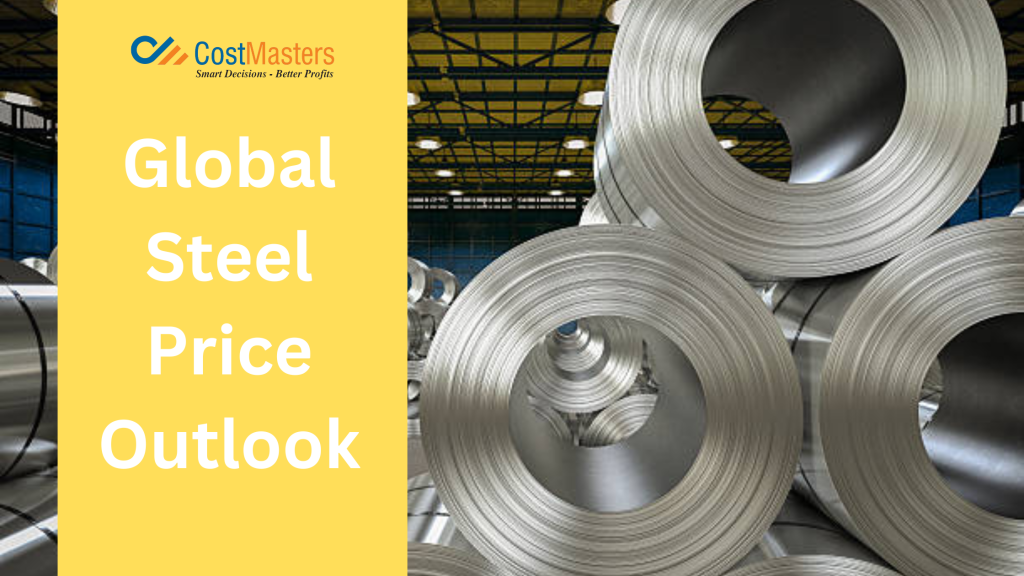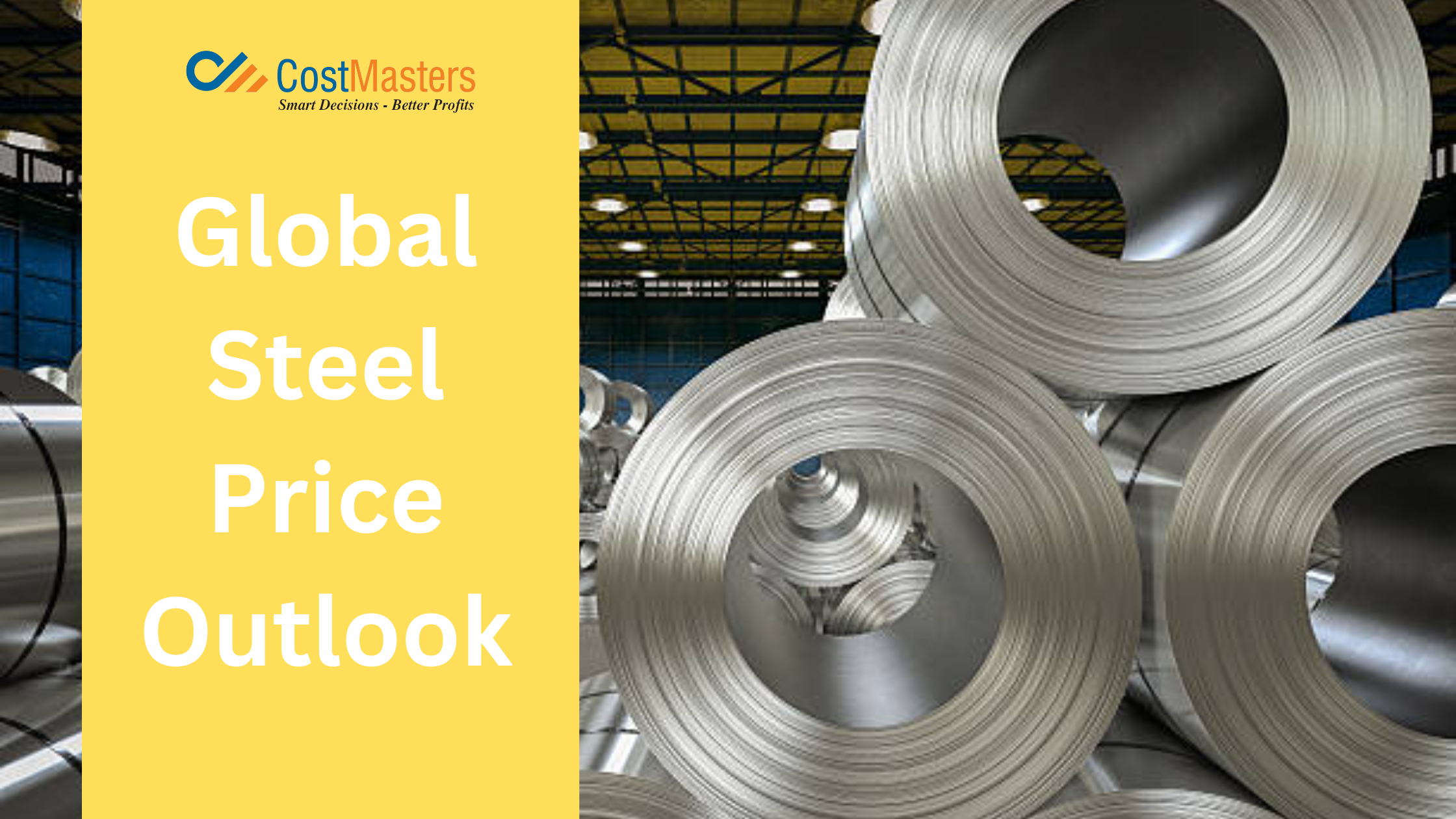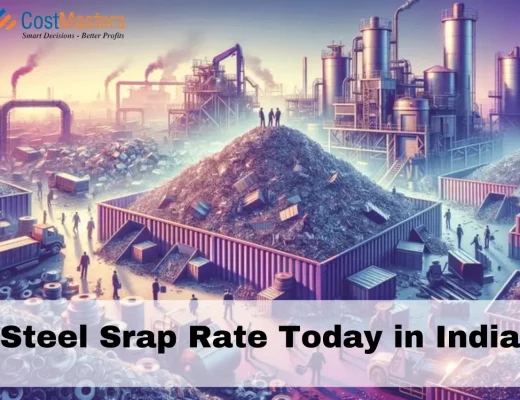The global steel industry acts as backbone of manufacturing and infrastructure development. As the global economy evermore shifting the changes in supply-demand ratios can fluctuate steel prices globally. This article provides an overview of what to expect regarding steel prices for 2024, examining key factors, potential scenarios, and trends that might shape this market in the coming year.
Present Steel Price Trends and Their Causes
The global steel industry is experiencing price fluctuations as the global economic is recovering from COVID-19 pandemic outbreak, fluctuated raw material costs, supply chain disruptions. It is extremely important that these trends be monitored as they will have an upcoming effect on steel price forecast in 2024.

Key Factors Affecting Steel Prices
Economic Growth and Demand
The pace of global economic recovery plays an integral part in steel demand. Rapid economic expansion typically drives increased steel use across construction, manufacturing, and infrastructure projects. Investments in construction and infrastructure projects, such as stimulus packages or government initiatives, can spur steel demand thus cause steel price fluctuate.
Supply Chain Dynamics
Any disruptions in the supply chain resulting from transportation difficulties, production delays, or geopolitical factors could reduce availability and subsequently have an effect on prices for steel products. Steel mills and production facilities’ capacities have an impactful influence on supply. An expansion or contraction in production capacity may alter market dynamics significantly.
Raw Material Costs
Raw material costs, such as iron ore and coking coal prices, play an enormous part in steel production costs, any fluctuation can impact steel pricing directly.
Trade Policies and Tariffs
Trade policies, tariffs, and disputes have the ability to destabilize global steel markets. Changes to import/export regulations could drastically impact steel prices and trade flows.
Environmental Regulations/Emission Standards
Tighter environmental regulations and emissions standards can cause producers of steel to incur greater compliance costs, which in turn may increase steel prices for consumers. The trend towards more eco-friendly steel production may lead to investments in new technologies and processes, potentially impacting costs and prices of production.
Geopolitical Factors
Political stability is of critical importance in key steel-producing regions, as instability, conflicts, or sanctions could disrupt supply chains and have significant ramifications on steel prices.
Steel Price Outlook for 2024
Global steel prices will likely remain subdued in 2024 despite a modest recovery in Chinese rates in the second half of 2023. Depressed prices, especially in major markets other than China, will keep a leash on global average prices. The global outlook for the steel sector in 2024 is neutral as steel markets will be largely balanced and in a slightly better condition than a year ago. Fitch expects low single-digit growth in demand in most regions, except for China, where Fitch expects both production and consumption to decline slightly.
Conclusion
The global steel price outlook for 2024 is influenced by a multitude of factors, including economic growth, supply chain dynamics, raw material costs, trade policies, environmental regulations, and geopolitical factors. While the outlook is neutral, with prices likely to remain subdued, the industry must continue to monitor these factors and


